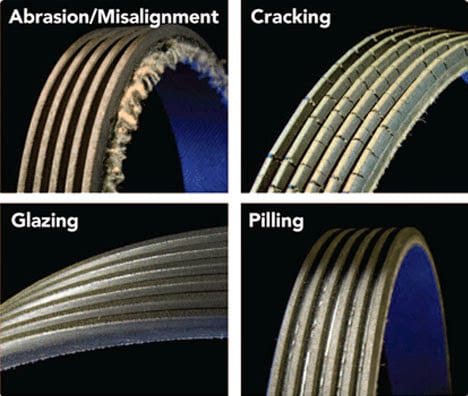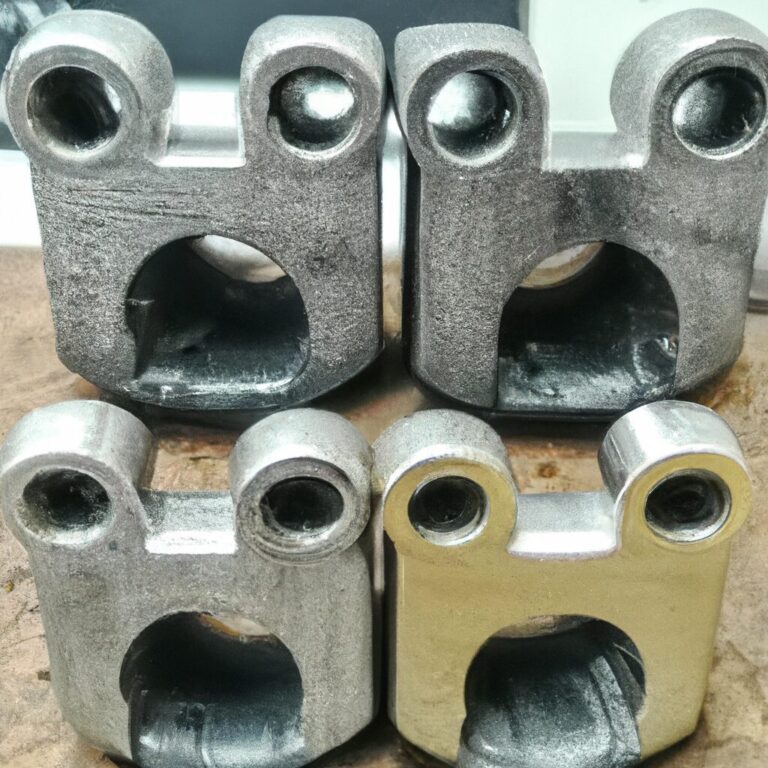How to Know If Alternator Belt is Bad
To know if the alternator belt is bad, check for visible signs of wear or damage. Listen for squealing noises while the engine is running.
A bad alternator belt can lead to electrical issues in the vehicle and cause the engine to overheat, potentially leaving you stranded. Ensuring the proper functioning of your alternator belt is crucial for the overall performance and reliability of your vehicle.
By being proactive in identifying and addressing any issues with the alternator belt, you can avoid costly repairs and maintain the optimal operation of your car. We will explore the common signs of a bad alternator belt, the potential consequences of neglecting this component, and the steps you can take to address any issues proactively. Let’s dive in and learn more about the importance of a healthy alternator belt in your vehicle’s system.

Credit: fifthgear.biz
Signs Of A Bad Alternator Belt
Screeching Or Squealing Noises
If you hear screeching or squealing noises coming from the engine area, especially during start-up or acceleration, this could be a sign of a bad alternator belt. The noise indicates that the belt may be slipping, causing friction and generating the unpleasant sound.
Dimming Or Flickering Headlights
Dimming or flickering headlights while driving could be a clear indication of a bad alternator belt. As the belt slips, the alternator may not be able to produce enough electricity to power the lights consistently, resulting in dimming or flickering as the power supply fluctuates.
Electrical Problems
If you encounter electrical problems, such as frequent dead battery, intermittent power loss, or difficulty starting your car, it could be linked to a bad alternator belt. The belt’s inability to spin the alternator properly may lead to insufficient generation of electricity to support the vehicle’s electrical systems.
Belt Wear And Damage
Visible belt wear and damage, such as cracks, fraying, or glazing, are definite signs of a bad alternator belt. Regular inspection of the belt for any signs of wear or damage is crucial to ensure its proper functioning.
Visible Belt Slippage
Visible belt slippage, where the belt appears to be loose, misaligned, or slipping off the pulleys, is a surefire sign of a bad alternator belt. Any noticeable slippage should be addressed promptly to prevent further damage.

Credit: m.youtube.com

Credit: m.youtube.com
Frequently Asked Questions For How To Know If Alternator Belt Is Bad
How Do You Check An Alternator Belt?
To check an alternator belt, inspect for cracks, fraying, looseness, and proper tension using tension gauge.
How Do I Know If I Need A New Alternator Or Belt?
To determine if you need a new alternator or belt, look for warning signs like dimming lights or squealing noises. Consult a mechanic for accurate diagnosis and timely replacement.
What Does A Loose Alternator Belt Sound Like?
A loose alternator belt can produce a high-pitched squealing or chirping sound when the engine is running. This noise may increase in volume as the speed of the engine accelerates. It’s crucial to address this issue promptly to prevent further damage to the vehicle’s components.
What Are The Symptoms Of A Bad Serpentine Belt?
Symptoms of a bad serpentine belt include squealing noises, a malfunctioning power steering system, engine overheating, battery and charging issues, and a non-functioning air conditioning. Watch out for these signs to avoid potential breakdowns and ensure proper vehicle maintenance.
Why Is It Important To Check The Alternator Belt?
Checking the alternator belt is important because a bad belt can cause the alternator to not function properly, leading to various electrical system problems in the vehicle.
What Are The Signs Of A Bad Alternator Belt?
Signs of a bad alternator belt include squealing noises, battery warning light on the dashboard, dimming or flickering headlights, and difficulty starting the engine.
How Can I Inspect The Alternator Belt?
To inspect the alternator belt, visually check for signs of wear, cracks, or fraying. Also, ensure that the belt is properly tensioned and has the right amount of slack.
Conclusion
Keeping an eye on your alternator belt is crucial for your vehicle’s health. Regular inspection and maintenance can help prevent major issues and costly repairs. By familiarizing yourself with the signs of a bad alternator belt, you can ensure your vehicle remains reliable and safe on the road.
Keep your car running smoothly by staying attentive to this important component.



